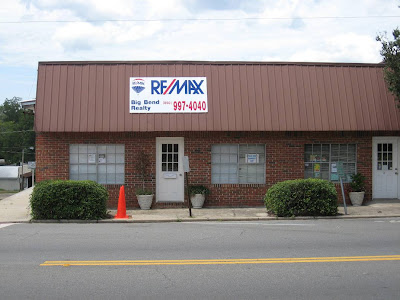Background Reading
It takes a long time to do and it's pretty boring compared to the best parts of writing a book, but before you put pen to paper, you've gotta know what's been said already. I am knee-deep in the reading now, covering Florida culture, history, politics, literature from a variety of viewpoints. There is also some general politickin' reading:
The Tropic of Cracker, Al Burt
Government and Politics in Florida, edited by Robert Huckshorn
The Rise of the Southern Republicans, Earl Black and Merle Black
The Years of Lyndon Johnson: Master of the Senate, Robert Caro
Florida's Indians: from Ancient Times to the Present, Jerald T. Milanich
Lakeland, Mary M. Flekke and Randall M. MacDonald
Florida: A Short History, Michael Gannon
Their Eyes Were Watching God, Zora Neale Hurston
Cross Creek, Marjorie Kinnan Rawlings
The Adventures of Tom Sawyer, Mark Twain
Tallahassee: A Capital City History, Julianne Hare
Big Woods: The Hunting Stories, William Faulkner
Tourist Season, Carl Hiaasen
An Hour Before Daylight: Memories of a Rural Boyhood, Jimmy Carter
Zora Neale Hurston: The Complete Stories
Ecology of a Cracker Childhood, Janisse Ray
The Yearling, Marjorie Kinnan Rawlings
Booknotes Life Stories: Notable Biographers on the People Who Shaped America, Brian Lamb
Writing Southern Politics, edited by Robert P. Steed and Laurence W. Moreland
Tales of Old Florida, edited by Frank Oppel and Tony Meisel
More Tellable Cracker Tales, Annette J. Bruce
Visting Small-Town Florida, Bruce Hunt
Floridian of His Century: The Courage of LeRoy Collins, Martin Dyckman
























